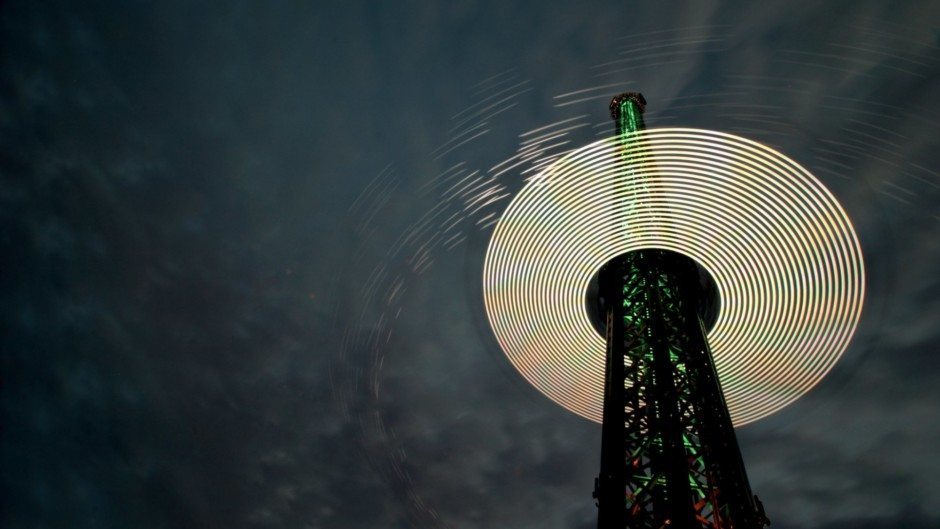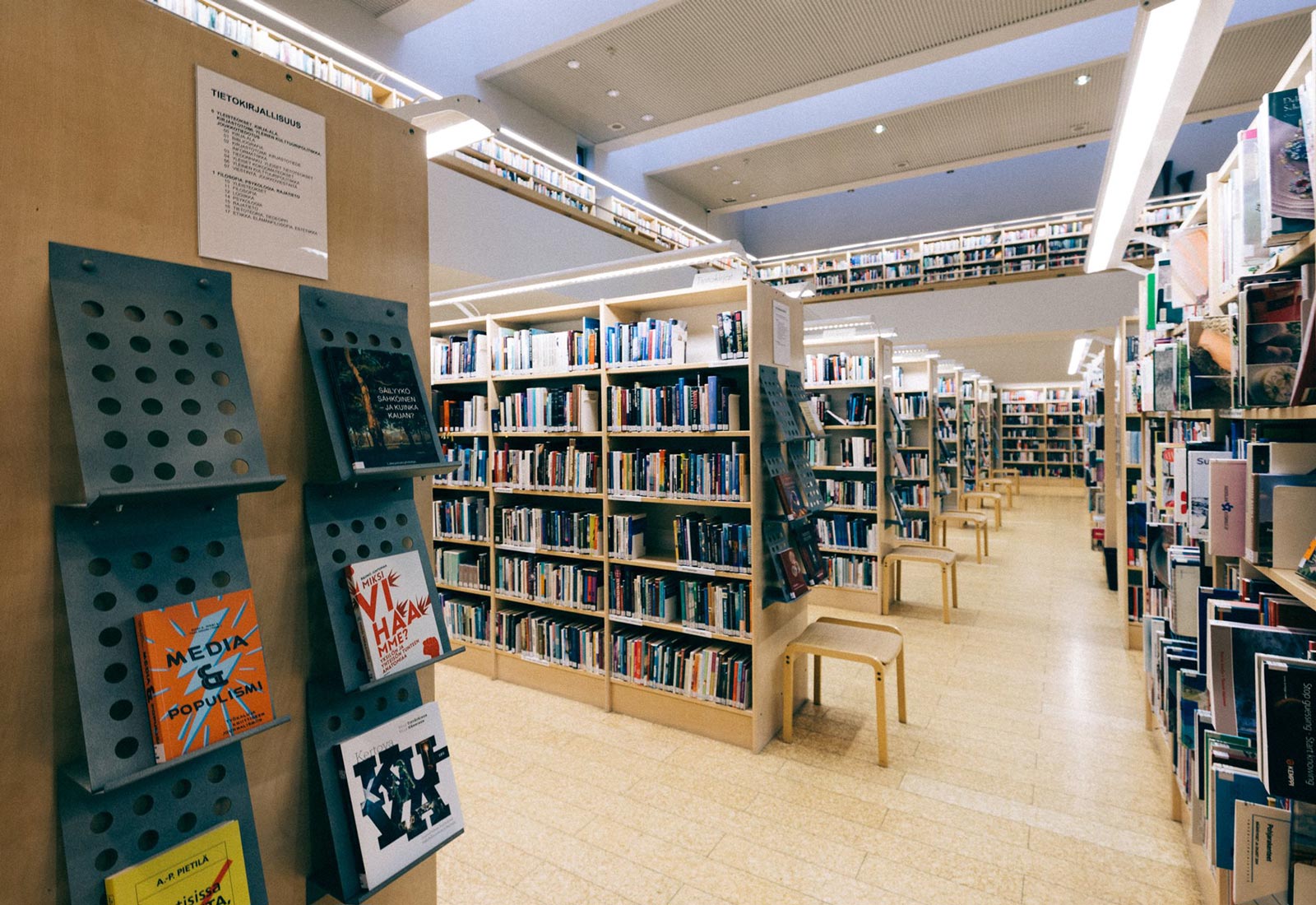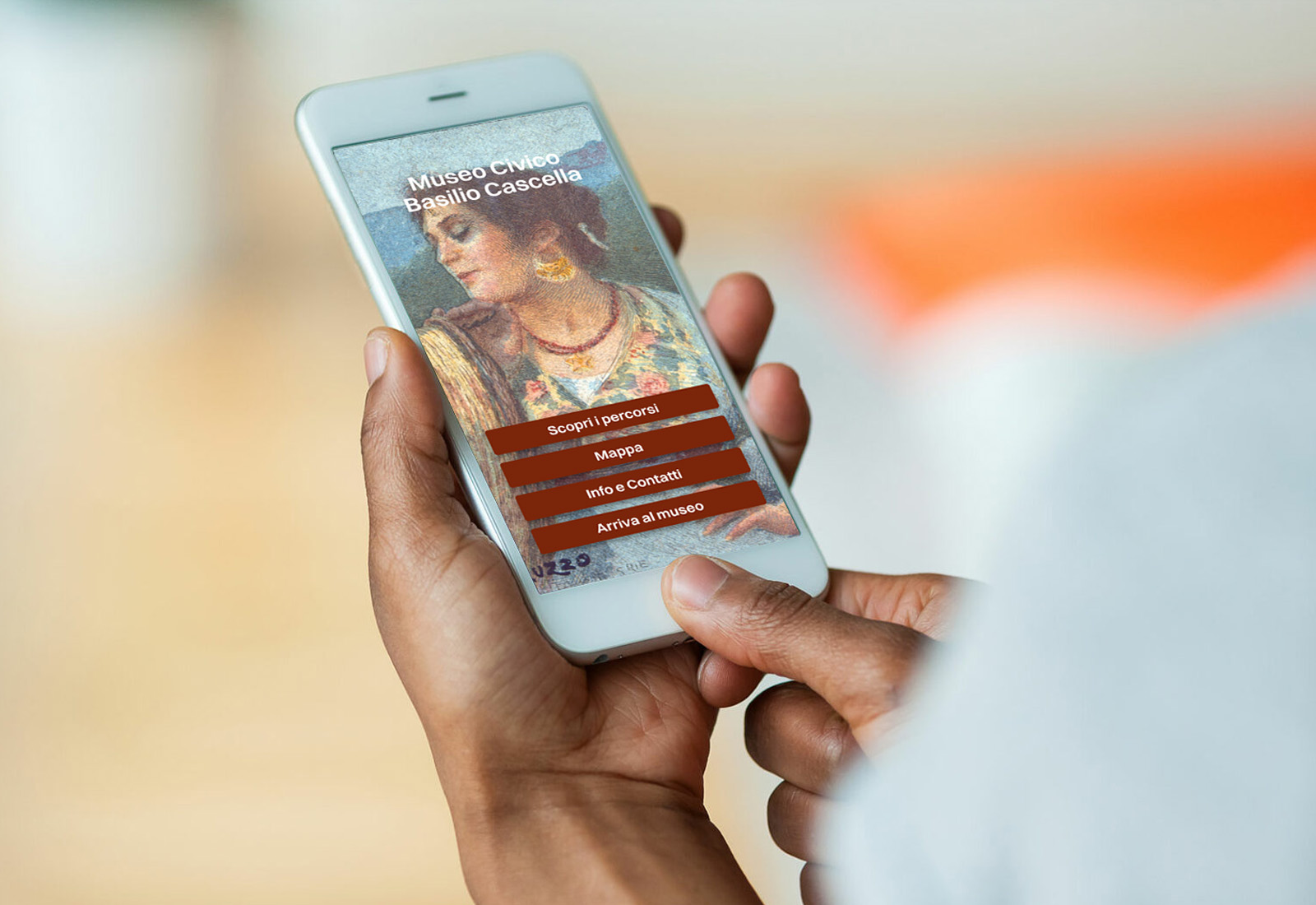The Oxford English Dictionary defines digitization as the conversation of text, pictures or sound into a digital form that can be processed by a computer. The word refers to a process of transforming something that’s analogue – a variety of values, continuous, chaotic (some might say) – into digital form, which is binary (ones and zeros), orderly, straightforward. When it comes to art and culture, this gap between analogue and digital couldn’t seem wider. As a person who sees beauty in both, I appreciate and value the similarities and connections more than the differences.
In my role at Axiell Middle East, I get to combine my expertise – software development and management – and my passion – culture and art. I help organizations choose and customize different tools to manage their collections. My work involves a process that takes the analogue – the works of art, the books, the archives – and transforms it into digital records. While many may understand why this is important for the external environment (education, marketing), I would like to start by providing some behind-the-scenes facts about the importance of digitization.
The many
According to a recent study by Axiell, 48% of museums invest in digitization of the collection – a growing trend. One organization which adopted digital transformation was The Autry Museum of the American West. Until 2003, Autry staff manually noted each object (half a million items in total) in a collection move in written form and entered the information into the system later. This time-consuming, error-prone process was changed with a one-dimensional barcode platform which was integrated with Axiell’s Mimsy XG collections management system, thus meeting different needs of the various departments. Digitization supports the exploration of the valuable potential of each item and allows everyone in the organization to express ideas and share them internally and externally.
The unseen
The deposit room of a museum can be just as fascinating as its public exhibition spaces. Valuable pieces are stored away from the spotlight for various reasons: research, preservation, temporary display. Managing the on-display collections, temporary exhibitions and stored-away items can be a daunting task without a thorough system in place. The London Natural History Museum for example has only a small percentage of its 70 million specimens on display – and only a very few of them are dinosaur-related, one of the most popular exhibits. 400 scientists are working hard in researching, analysing and understanding the course and development of nature. The institution has integrated EMu, an Axiell collections management system, and this has resulted in enhancing certain collections in ways not possible in an analogue system, and enabled the curators to deliver better results.
The effective
While as visitors we measure the greatness of a museum in the number of hours we can spend admiring its collections, for the teams managing the collections, all is summed up in different types of numbers: dates, materials, dimensions, etc. From thousands of items to maybe millions, the items can be placed into categories and each might be managed by different systems. This can lead to lack of synergies or difficulty in the operational process and can affect the way the collections are displayed. The Van Gogh Museum used 26 different systems before adopting Axiell’s Adlib. The change to Adlib meant that all 200 employees could efficiently manage all functions and all types of information about the items in the collection. The result was a creative way of arranging the items in the museum, creating new connections between them and providing a better experience for visitors.
Digitization increases the value of the analogue through optimization of the internal processes, ensuring more effective management of items and creating synergies among departments. The positive impact of digitization is powerful not only internally, but externally as well. More on this in my future post.




